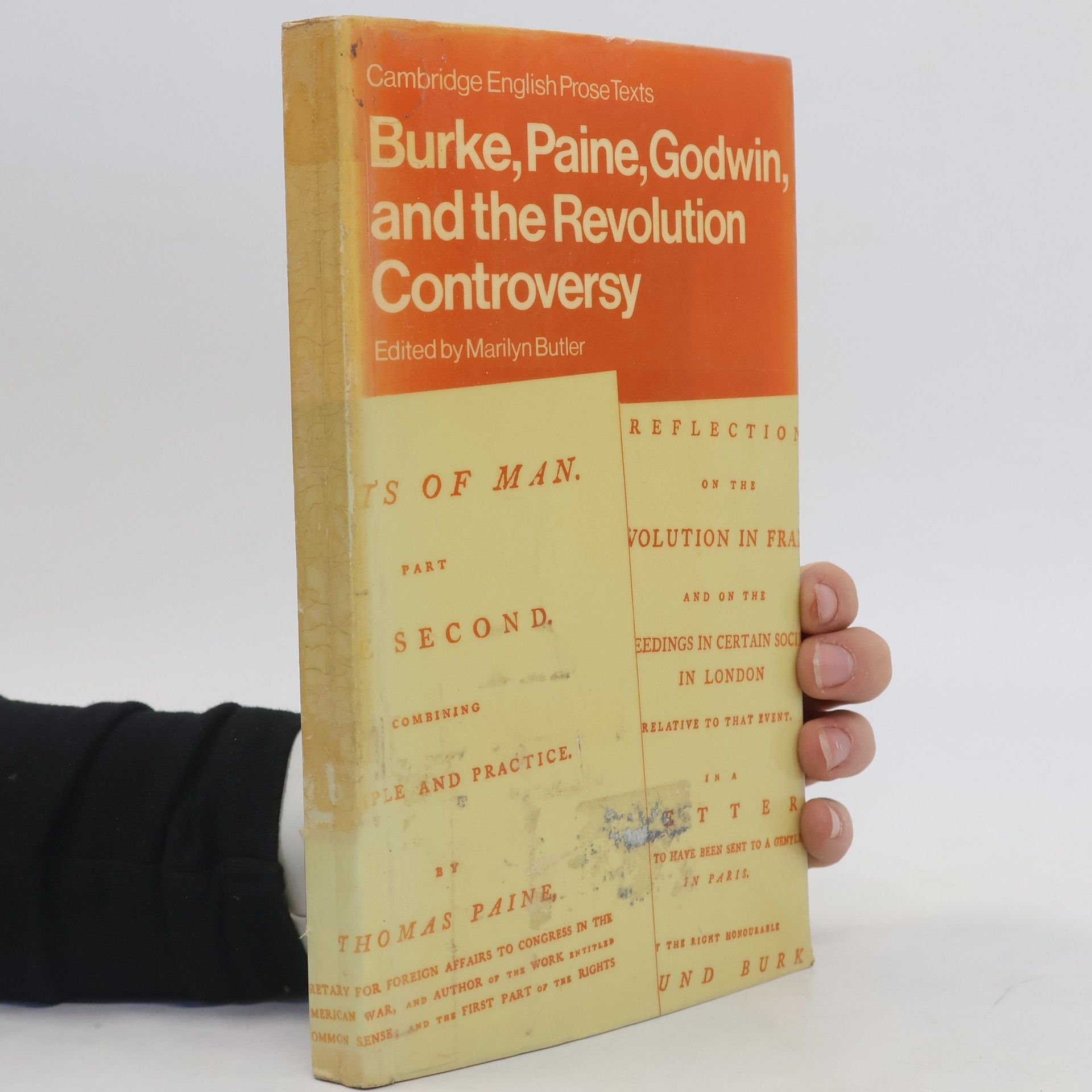Though Northanger Abbey is one of Jane Austen's earliest novels, it was not published until after her death--well after she'd established her reputation with works such as Pride and Prejudice, Emma, and Sense and Sensibility. the novel is modeled after the day's popular romances and Gothic thrillers, which it then proceeds to ridicule. The heroine is Catherine Morland, who encounters upper-crust society at Bath, falls in love, and becomes targeted by misinformed fortune-seekers. After moving to Northanger Abbey, her imagination goes to work and dreams up mysteries that lead to various social disasters.
Marilyn Butler Book order
Marilyn Butler was a distinguished British literary critic renowned for her profound engagement with the Romantic period and the literature of the 18th and 19th centuries. Her scholarship delved into the social and intellectual forces shaping literary creation, with a particular focus on authors such as Maria Edgeworth. Butler was celebrated for her meticulous analysis and her ability to connect literary works to their broader cultural and historical contexts. Her influential critical studies illuminate the complexities of literary movements and enrich our understanding of British literature.



- 1995
- 1991
Beautiful, rich, self-assured, and witty, Emma Woodhouse delights in match-making those around her with no apparent care for her own romantic life.
- 1984
From a series containing rarely studied works of major influence, this volume centres on the great Revolution debate in England in the 1790s, inspired by the French Revolution. As well as excerpts from Burke, Paine and Godwin, there are shorter pieces by writers such as Cobbett and More. Cambridge English Prose Texts consists of volumes devoted to selections of non-fictional English prose of the late sixteenth to the mid nineteenth centuries. The series provides students, primarily though not exclusively those of English literature, with the opportunity of reading significant prose writers who, for a variety of reasons (not least their generally being unavailable in suitable editions), are rarely studied, but whose influence on their times was very considerable. Marilyn Butler's volume centres on the great Revolution debate in England in the 1790s, inspired by the French Revolution. The debate consists of a single series of works which depend for their meaning upon one another, and upon the historical situation which gave them birth. Major tracts by Burke (Reflections on the Revolution in France), Paine (The Rights of Man), and Godwin (Enquiry Concerning Political Justice) are given at length, while important shorter pieces by such writers as Hannah More, Thomas Spence, and William Cobbett appear virtually complete. The volume is especially interesting for its portrait of a community of oppositional writers. Many of them knew one another personally, and stimulated and sustained one another against the pro-government majority. Their collaborative literary enterprise, and its break up, offer a fascinating perspective on Romanticism and the growth of an extra-parliamentary opposition functioning through the press. The volume also reveals the impact of the great debate on writers such as Mary Wollstonecraft, Coleridge, and Wordsworth. As with other titles in the series, the volume is comprehensively annotated: obscure allusions to people, places, and events are glossed in footnotes and endnotes, while prefactory headnotes comment on the circumstances surrounding the composition of each extract. In a substantial introduction Dr Butler offers a broad examination of this pamphlet war and its main participants. There is a helpful critical guide to further reading for those wishing to pursue their study of the subject. The volume will be a vital sourcebook for students of English Romantic literature, history, and political history